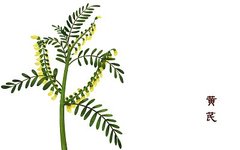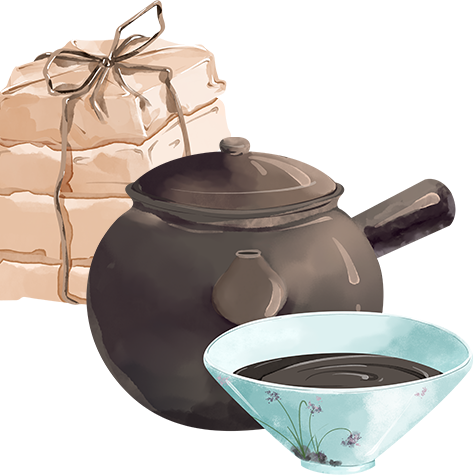
Astragalus (Huang Qi)
The name Astragalus first appeared in the “Shennong Bencao Jing” (Shennong’s Classic of Materia Medica), where it is classified as a superior herb, primarily for tonifying. It can also be made into medicinal dishes for long-term consumption. It is suitable for the elderly, those with weak constitutions, and individuals recovering from prolonged illnesses. A popular saying goes, “Drinking Astragalus soup regularly prevents illness and maintains health.”
The “Bencao Gangmu” (Compendium of Materia Medica) records the origin of its name: “Qi means long; Huang Qi is yellow in color and is known for its nourishing properties, hence the name.” The character “Qi” has now been simplified to “芪” (Qi), thus it is called Huang Qi. Astragalus is not only commonly used for disease prevention and health maintenance, but its appearance is also quite beautiful. The outer ring of the cross-section of Astragalus is called the skin part, which is yellowish-white, while the inner ring is called the wood part, which is light yellow with radial patterns and cracks, commonly referred to as “Chrysanthemum Heart” or “Golden Well Jade Railing.”
Astragalus and Ginseng are both excellent Qi-tonifying herbs, but Ginseng is more focused on greatly replenishing the original Qi and reviving Yang, often used in acute conditions like collapse or shock. In contrast, Astragalus primarily tonifies deficiency and is commonly used for those with chronic weakness, low speech, and weak, thin pulses.
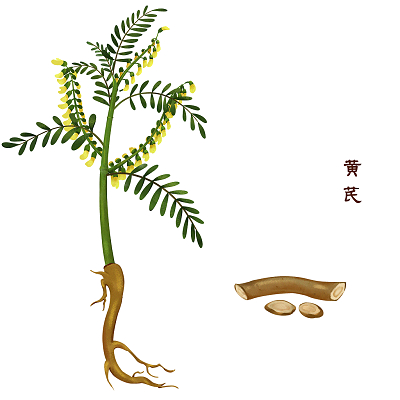
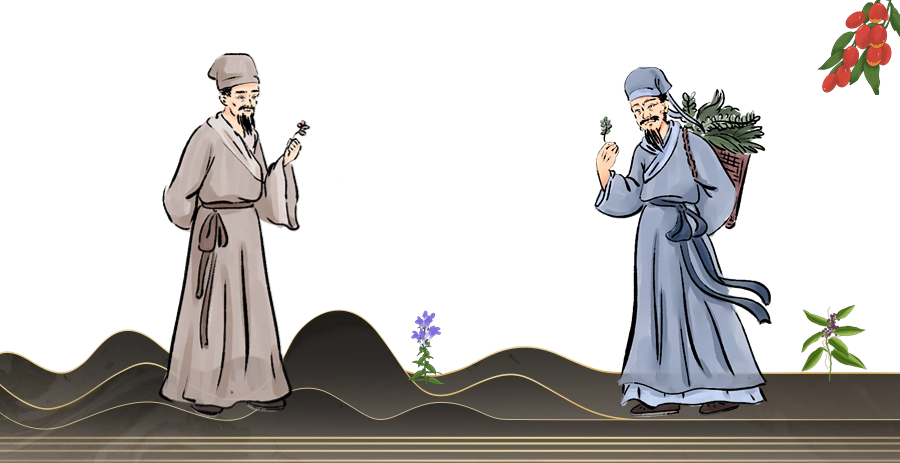
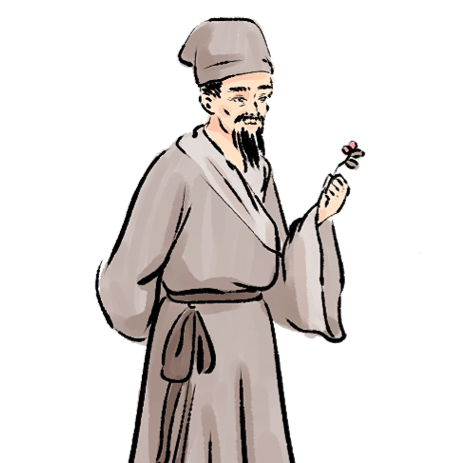
What is Astragalus?
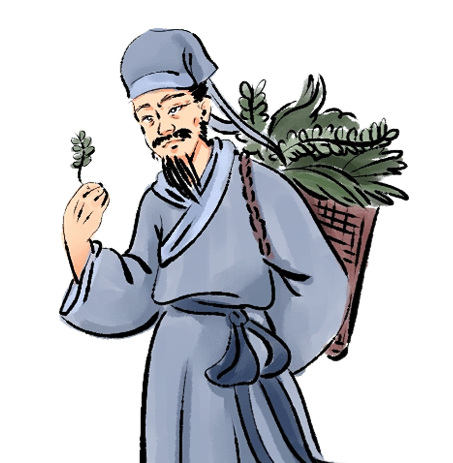
Astragalus is a Qi-tonifying herb, known as “the best among Qi tonics.” Now, let us take a closer look at this medicinal material.

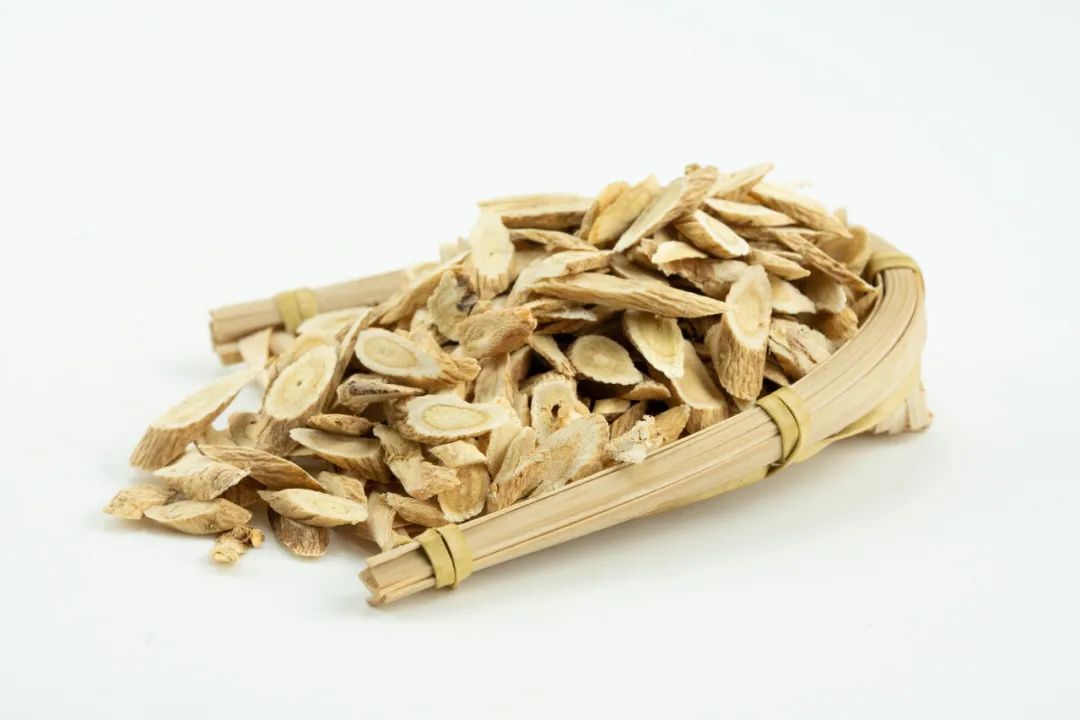


Introduction to the Herb
Alias: Mian Qi, Huang Qi, Huang Shen, Bai Ben, Jian Qi, Dai Shan, Ji Cao, Du Gen, etc.
Properties and Channels: Sweet, slightly warm. Enters the Lung and Spleen channels.
Main Functions and Indications: Tonifies Qi and raises Yang, stabilizes the exterior and stops sweating, promotes urination and reduces swelling, generates fluids and nourishes blood, alleviates stagnation and relieves pain, expels toxins and promotes pus discharge, and promotes healing of sores. Used for Qi deficiency, fatigue, poor appetite, diarrhea, prolapse of the rectum, blood in stool, spontaneous sweating due to deficiency, Qi deficiency with edema, internal heat with thirst, blood deficiency with sallow complexion, hemiplegia, numbness and pain, difficult-to-heal sores, and chronic ulcers.
Category: Tonifying herbs—Qi tonics.
Source: This herb is the dried root of the leguminous plants Mongolian Astragalus or Membranous Astragalus. It is harvested in spring and autumn, with the fibrous roots and root tips removed and then sun-dried.
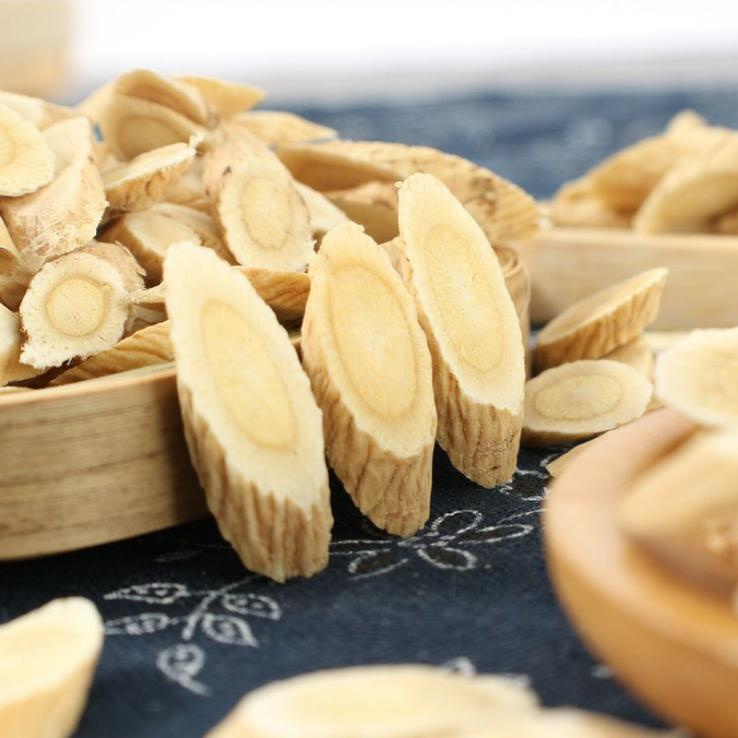


There are also some interesting folk legends about Astragalus, let’s take a look!

The “Old Book of Tang” records: Xu Yinzong, a person from Yixing in Changzhou, served under the Southern Chen’s new Cai Wang. One day, the Liu Empress of the new Cai Wang fell ill and could not speak. After consulting many famous doctors, all were at a loss. The Liu Empress’s pulse was increasingly weak, and she could not take medicine. Xu Yinzong observed and said, “Oral medication is not advisable; it is better to use the steam from the soup to fumigate her. This will allow the medicine to enter the collaterals and be effective.” He then boiled a soup with Astragalus and Fang Feng, placing it under the bed, and the vapor acted like smoke. That night, the Liu Empress was able to speak. After a period of treatment, she fully recovered. Xu Yinzong was then appointed as the governor of Yixing. After the fall of the Southern Chen, he entered the Sui dynasty and served as the official in charge of medicine.
The Liu Empress suffered a sudden stroke due to her old age, weakness, and Qi and blood imbalance. Astragalus is warm in nature, good at tonifying Qi, raising Yang, and stabilizing the exterior; Fang Feng is slightly warm, good at dispersing wind and relieving pain. With the assistance of Fang Feng, the efficacy of Astragalus is greatly enhanced. Together, they can both tonify Qi and stabilize the exterior while strengthening the body, and also disperse wind and relieve stagnation, thus addressing the root of the illness. Additionally, the heat and steam promote circulation in the meridians, facilitating the movement of Qi and blood, achieving good results in a short time.
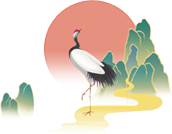

Do you know the applications and combinations of Astragalus?

1. Astragalus with Bai Zhu (White Atractylodes): Strengthens the spleen, benefits Qi, raises Yang, and stabilizes the exterior. It can be used to treat spleen deficiency with poor appetite, abdominal distension, diarrhea, and phlegm-dampness with palpitations.
2. Astragalus with Dang Gui (Angelica Sinensis): Tonifies Qi and nourishes blood, invigorates blood circulation. It can be used to treat amenorrhea, irregular menstruation, and postpartum blood deficiency.
3. Astragalus with Wu Wei Zi (Schisandra): Enhances the effect of tonifying lung Qi. Suitable for lung Qi deficiency and chronic cough.
4. Astragalus with Gui Zhi (Cinnamon Twig): Tonifies Qi and benefits Yang, strengthens the spleen and benefits Qi. It can effectively improve Yang deficiency and spleen-stomach weakness.
5. Astragalus with Gou Qi Zi (Goji Berries): Nourishes the liver and kidneys, strengthens the spleen and tonifies the middle. It can be used for kidney and liver Yin deficiency leading to lower back pain, dizziness, tinnitus, and internal heat with thirst.
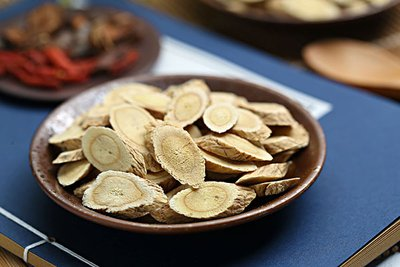


It is said that various schools have discussed Astragalus.

1. “Shennong Bencao Jing”: Astragalus, sweet and slightly warm. It treats carbuncles, chronic wounds, expels pus, relieves pain, dispels wind, treats dysentery, five types of hemorrhoids, and mouse fistula, tonifies deficiency, and treats various diseases in children.
2. “Ming Yi Bie Lu”: Non-toxic. It treats women with wind evil in the childbearing organs, expels evil blood from the five organs, tonifies men’s deficiencies, alleviates fatigue and weakness, relieves thirst, abdominal pain, and diarrhea, benefits Qi, and promotes Yin Qi.
3. “Yao Xing Lun”: Treats furuncles, tonifies internally, primarily treats deficiency cough, kidney failure, and deafness, and alleviates cold and heat.
4. “Yao Lei Fa Xiang”: Treats deficiency sweating, tonifies lung Qi, strengthens the skin and hair, and clears lung fire. It is effective for spleen and stomach weakness, blood stasis in sores, and internal ulcers.
5. “Bencao Meng Quan”: Astragalus, sweet in taste, slightly warm in nature. It can ascend or descend, representing Yang within Yin. Non-toxic. There are three types, and it treats two kinds.
6. “Lei Gong Pao Zhi Yao Xing Jie”: Astragalus, sweet in taste, slightly warm in nature, non-toxic, enters the Lung and Spleen channels. It can expel pus from ulcers, promote healing, stabilize the exterior, and prevent spontaneous sweating.
7. “Yixue Zhongzhong Canxi Lu”: Warm in nature, slightly sweet in taste. It can tonify Qi and also raise Qi, effectively treating sinking Qi in the chest.


Which regions produce Astragalus?
 Mongolian Astragalus and Membranous Astragalus are both produced in northern China. Currently, Mongolian Astragalus is mainly produced in Inner Mongolia, Jilin, Shanxi, and Hebei; Membranous Astragalus is mainly produced in Shanxi, Gansu, and northeastern regions. The Membranous Astragalus from Hunyuan in Shanxi and Mongolian Astragalus from Inner Mongolia are known for their thick, straight roots, good powder quality, sweet taste, and strong bean aroma, and are referred to as “authentic medicinal materials.”
Mongolian Astragalus and Membranous Astragalus are both produced in northern China. Currently, Mongolian Astragalus is mainly produced in Inner Mongolia, Jilin, Shanxi, and Hebei; Membranous Astragalus is mainly produced in Shanxi, Gansu, and northeastern regions. The Membranous Astragalus from Hunyuan in Shanxi and Mongolian Astragalus from Inner Mongolia are known for their thick, straight roots, good powder quality, sweet taste, and strong bean aroma, and are referred to as “authentic medicinal materials.”
Expert Introduction

Xie Yuwei, a Chinese medicine pharmacist at Zhengzhou Orthopedic Hospital.
Note: The images in this article are sourced from the internet and are for the purpose of promoting traditional Chinese medicine. If there are any copyright issues, please contact us for prompt removal.
Provided by: Traditional Chinese Medicine Development Department

Zhengzhou Health Commission
Official WeChat
We welcome your attention and look forward to your likes.
Long press the QR code to follow us.
Coordinated by: Zhang Hao, Lin Kun
Edited by: Peng Yun, Mei Jie, Dan Yang


